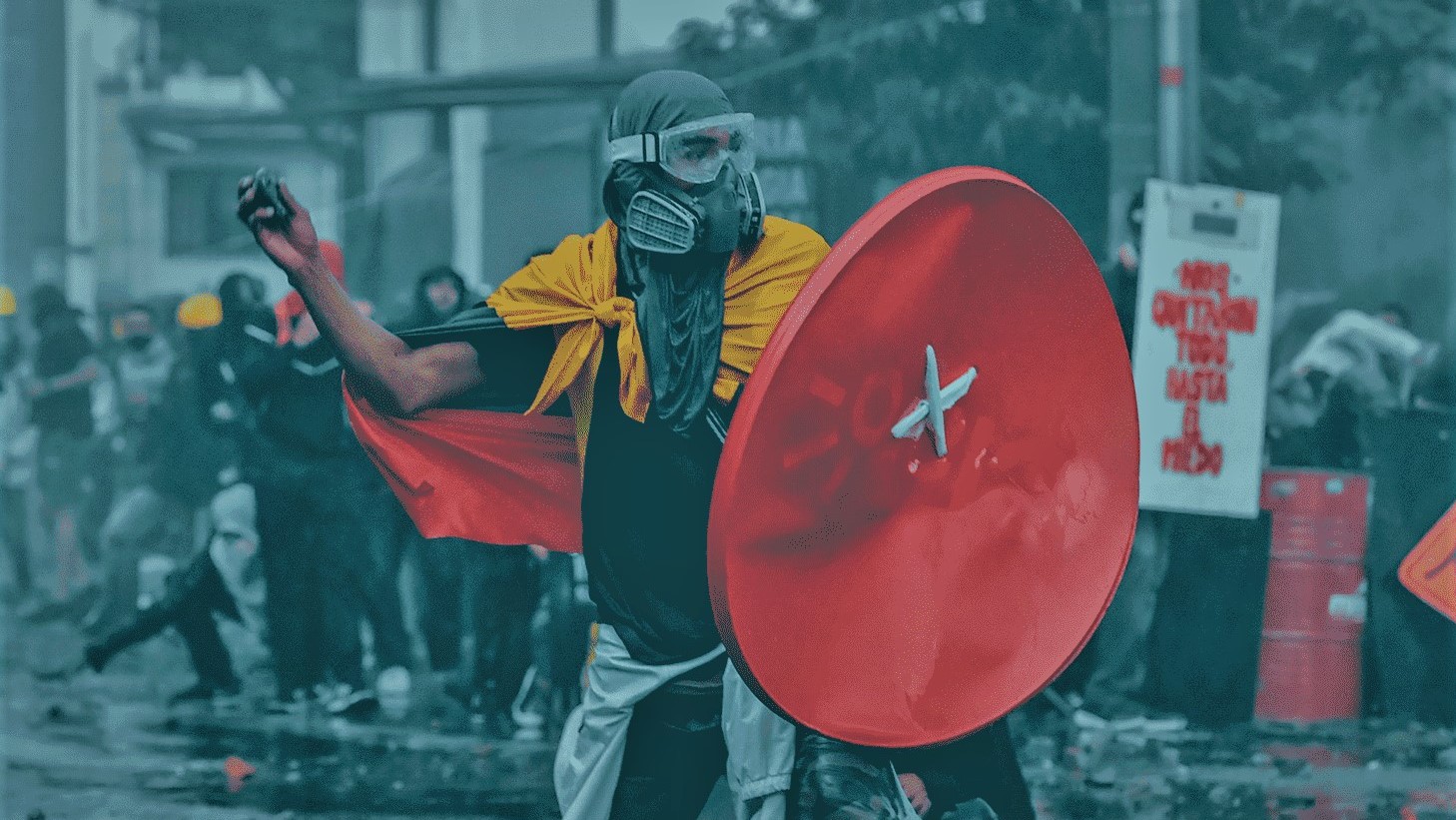
The Struggle for the Soul of the Latin American Left
BOTTOM LINE UP FRONT:
- Will the Latin American left go in the direction of authoritarianism, much like Venezuela and Nicaragua, or seek to maintain the democratic institutions that afford the losing side the opportunity to regain political power?
- With a preponderance of Latin American countries currently controlled by the left, the dynamic between the more authoritarian-aligned actors and their more democratic counterparts in each country—will define the trajectory of the region for years to come.
- On April 7, 2022, the United Nations General Assembly voted to suspend Russia from the Human Rights Council for its egregious human rights violations during the brutal invasion of Ukraine. Seven countries in Latin America did not vote against Russia, highlighting Latin America as a problem for US multilateral engagement.
- The Biden administration must not confuse respect for the sovereignty of its partners in Latin America, or its sympathy with their political agenda, with turning a blind eye to the dangerous autocratic minority within each leftist Latin American government that would polarize, paralyze, or hijack the region’s democratic institutions for their own ends.
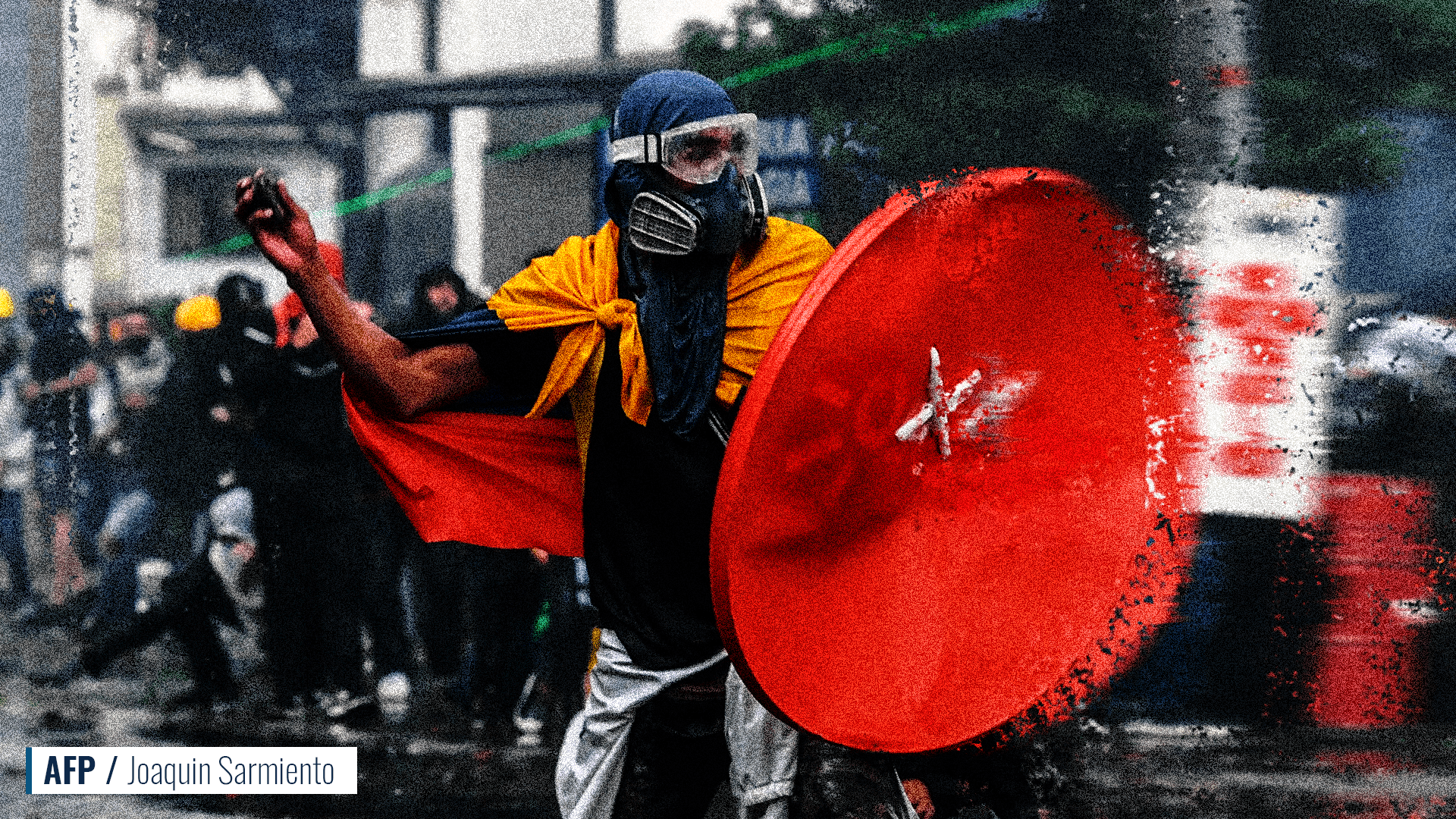
The vote also illustrated how the changing political composition of Latin America and the decline of democracy in the region impairs multilateral engagement that is critical to regional and global security.
It is largely a fait accompli that a majority of Latin America will be governed by leftist leaders, in what appears to be a shift away from the “conservative wave” that dominated the region in the second decade of the 21st century. Some, but not all of these leftist governments have increasingly anti-democratic strains that have opened the door to global authoritarian actors, namely China, Russia, and Iran. The question, however, is whether the Latin American left will go the direction of authoritarianism, much like Venezuela and Nicaragua, or seek to maintain the democratic institutions that afford the losing side the opportunity to regain political power?
The current state of affairs in Latin America offers both opportunities and risks for U.S. policymakers, as those committed to democracy on the Latin American left are in an internal struggle with the more authoritarian strains within its political current.
AN INFLECTION POINT
In the past five years, accelerated by the economic, fiscal, and sociopolitical stresses of COVID-19, leftist political parties have taken or regained power in a number of Latin American countries. These include Mexico, Honduras, Peru, Chile, Argentina, Bolivia, and Guyana.[2] In others, such as Cuba,[3] Venezuela,[4] and Nicaragua,[5] they have consolidated autocratic control, often with ties to transnational organized crime.
In the former group, the orientation and composition of these leftist governments is mixed, or its recent arrival makes it too early to discern its final trajectory. In the latest cases of Honduras, Peru, and Chile, the United States is figuring out how to engage these new governments.
Inside the beltway, some U.S. policymakers and regional experts downplay concerns with Latin America’s left by emphasizing the democratic component of the new progressive governments in the region and the legitimate grievances that brought them to power, often reminding us about the American military interventions and other foreign policy blunders in Latin America in the past.[6]
For the White House, the Biden administration arguably finds common cause with the region’s new leftist governments and its own economic and social policy agenda, hoping for opportunities to work with the new governments on issues like climate change, human rights, anti-corruption, and social justice.[7]
Not all are so sanguine. Less optimistic policymakers and regional experts, drawing insights from the recent record of leftist regimes in the region, see profound risks stemming from the potentially destructive policies of the new governments and their potential to generate crises that will pave the way for undesirable political change.[8] This is compounded by a dangerous, anti-democratic minority within these new governments, inspired by Venezuela’s late authoritarian leader Hugo Chávez, and the intellectual and intelligence support of Cuba.
The concern is that this anti-democratic minority could hijack the new leftist governments in Latin America for their own political or criminal ends.[9]
Both perspectives are partially correct. With a preponderance of Latin American countries currently controlled by the left, the dynamic between the more authoritarian-aligned actors and their potentially disastrous policies, and the more democratic counterparts in each country—will define the trajectory of the region for years to come. To understand these political changes and its implications for the United States, it’s useful to review recent actions by Latin America’s leftist governments to understand the challenges and opportunities.
LATIN AMERICA’S LEFT: A SURVEY
With the exception of the authoritarian regimes in Venezuela, Cuba, and Nicaragua, the common element of the other left-oriented governments in Latin America, and those that may come to power in 2022, is the mixture within them of democratic actors versus autocrats whose policies would polarize society and radicalize its base.
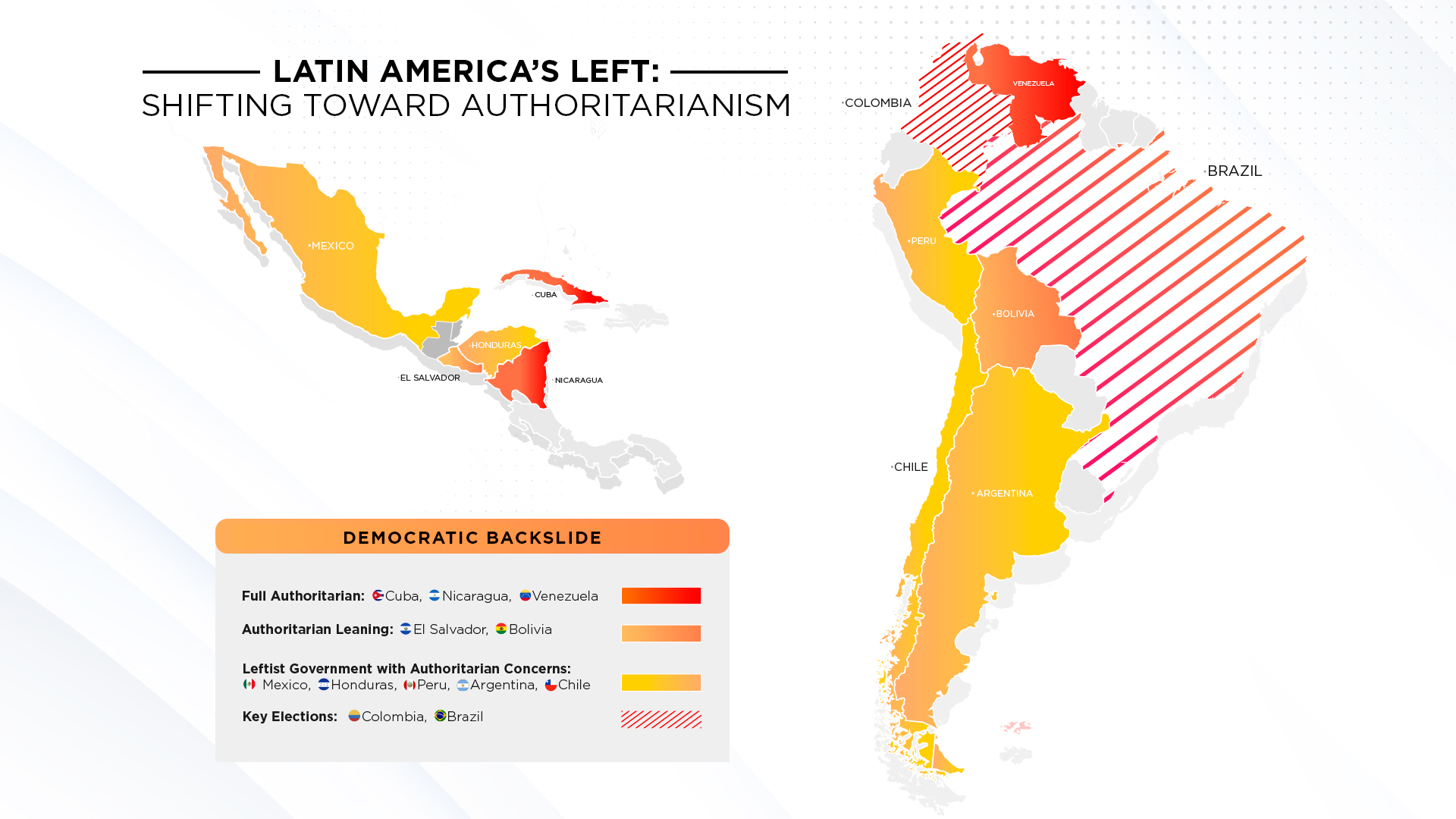
MEXICO
In Mexico, political expression and competition by traditional parties such as the PRI, PAN and PRD continue to be viable. While President Andrés Manuel López Obrador (AMLO) may be a popular president, he has sought to eliminate democratic obstacles to his policies.
For instance, an attempt to expedite approval of a new national security law in 2020 would impede security cooperation with the U.S. and likely expand criminal activity in the country.[11]
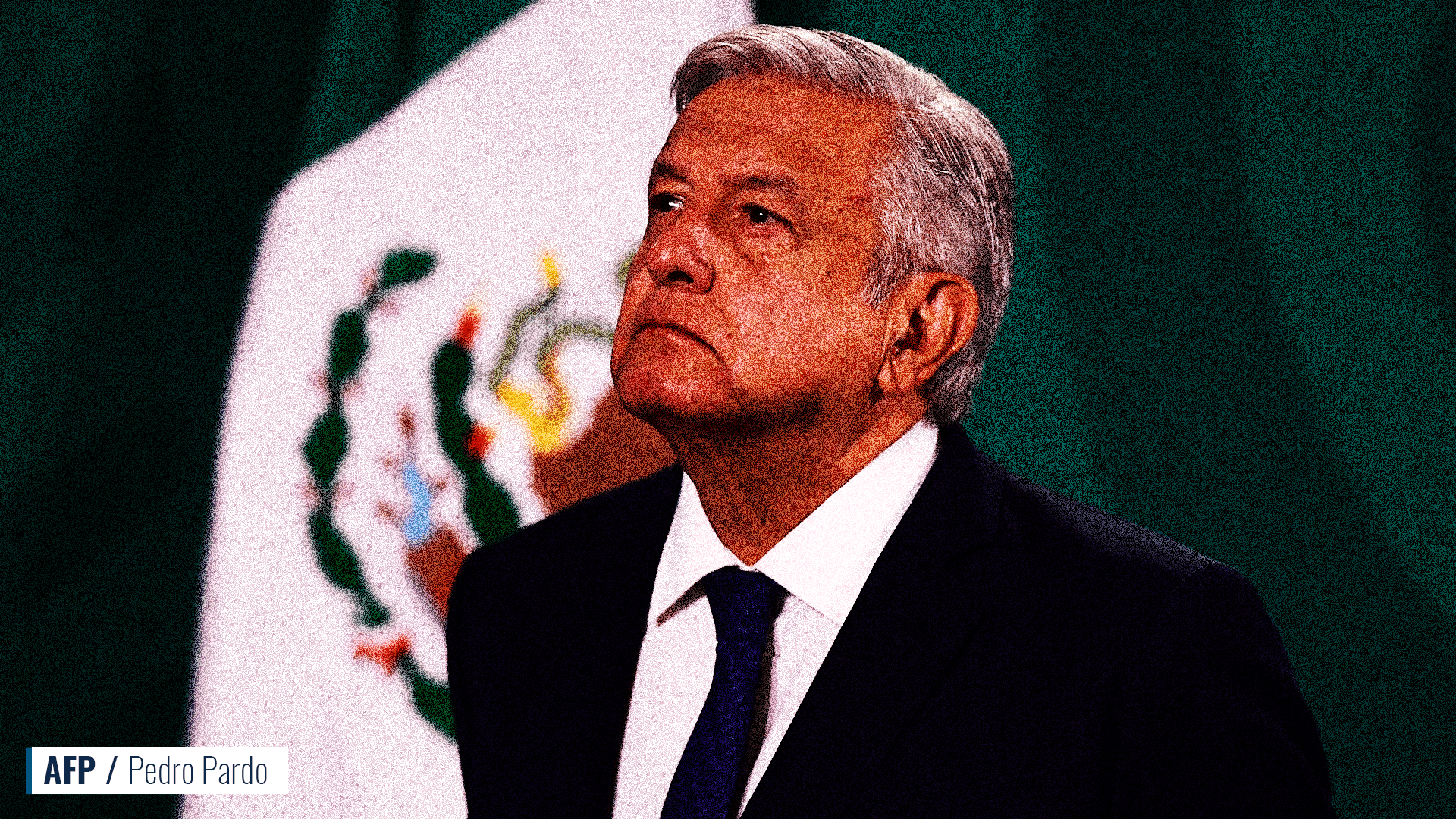
Other worrisome actions by AMLO and his Morena political party include their public dismissal of criminal charges against the former head of the Mexican Army Salvador Cienfuegos,[16] as well as AMLO’s personal visits to the mother of narcotrafficking kingpin “El Chapo” Guzmán Loera.[17]
HONDURAS
The new government of President Xiomara Castro appears to be in an internal struggle between democratically-oriented figures in her cabinet, such as Vice President Salvador Nasrallah, versus more radical actors, including her own husband and former President Manuel “Mel” Zelaya.[18]
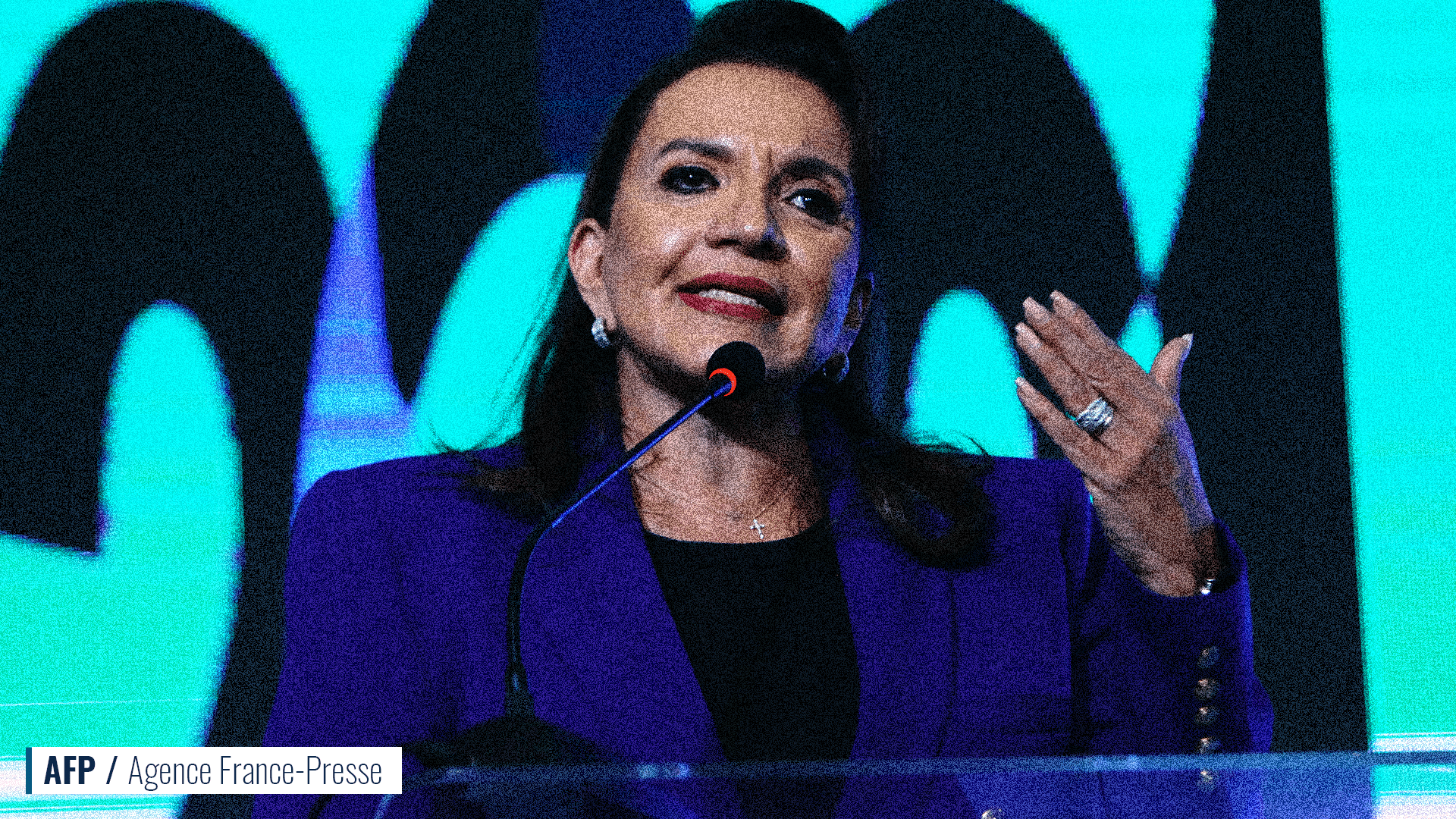
Similarly, it is believed that some of these same radical elements within the new Castro government led the president to switch diplomatic recognition from the de jure interim government of Juan Guaido to the illegitimate regime of Nicolás Maduro in Venezuela. It is noteworthy that Venezuela is the principal transit point of drugs and illicit funds flowing to and through Honduras, whose associated corrupting influences the Xiomara Castro government is theoretically committed to combat.[21]
PERU
President Pedro Castillo, the politically inexperienced teacher from Cajamarca has arguably found himself in over his head with respect to the complex politics of Peru. To some degree, Castillo has tried to distance himself from Venezuela’s Chavista regime calling it “not the path to follow.”[22]
And has tried to maintain his own voice[23] against subversive influences within his political party, Peru Libre, such as Cuban-trained doctor Vladimir Ceron, pushing back against Ceron’s preferred cabinet picks.[24]
The result has been political paralysis with a consistent stream of cabinet reshuffling, replacing a minister on average every nine days within his first nine months in office.[25] President Castillo’s difficulties come on top of the crisis of corruption and governance that began in 2017 and saw three Presidents seated in a five-day period in November 2020.[26]
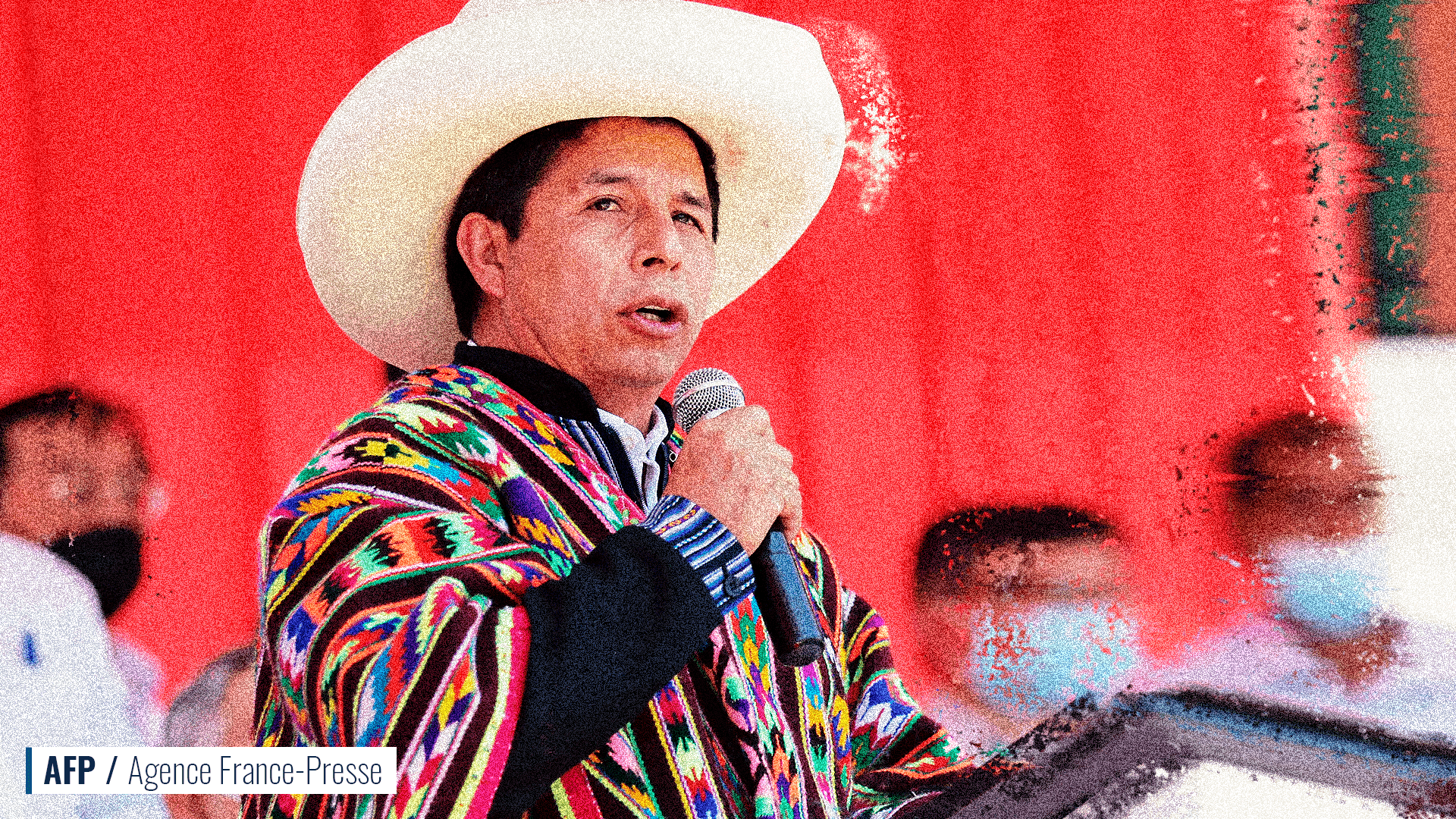
ARGENTINA
President Alberto Fernandez initially presented himself to voters as a moderate within Peronism by contrast to his predecessor and now Vice President Christina Fernández de Kirchner, but after a couple years in power there are indications that the VP is increasingly calling the shots.[27] Steadily increasing her influence within the government, Cristina Fernández de Kirchner allegedly pressured several changes to cabinet ministers in September 2021.[28]
Alberto Fernandez’ controversial public overture[29] to Russia’s Vladimir Putin during his state visit[30] to Moscow and Beijing[31] in February 2022 raised questions about the Argentine president’s judgement and moderation.
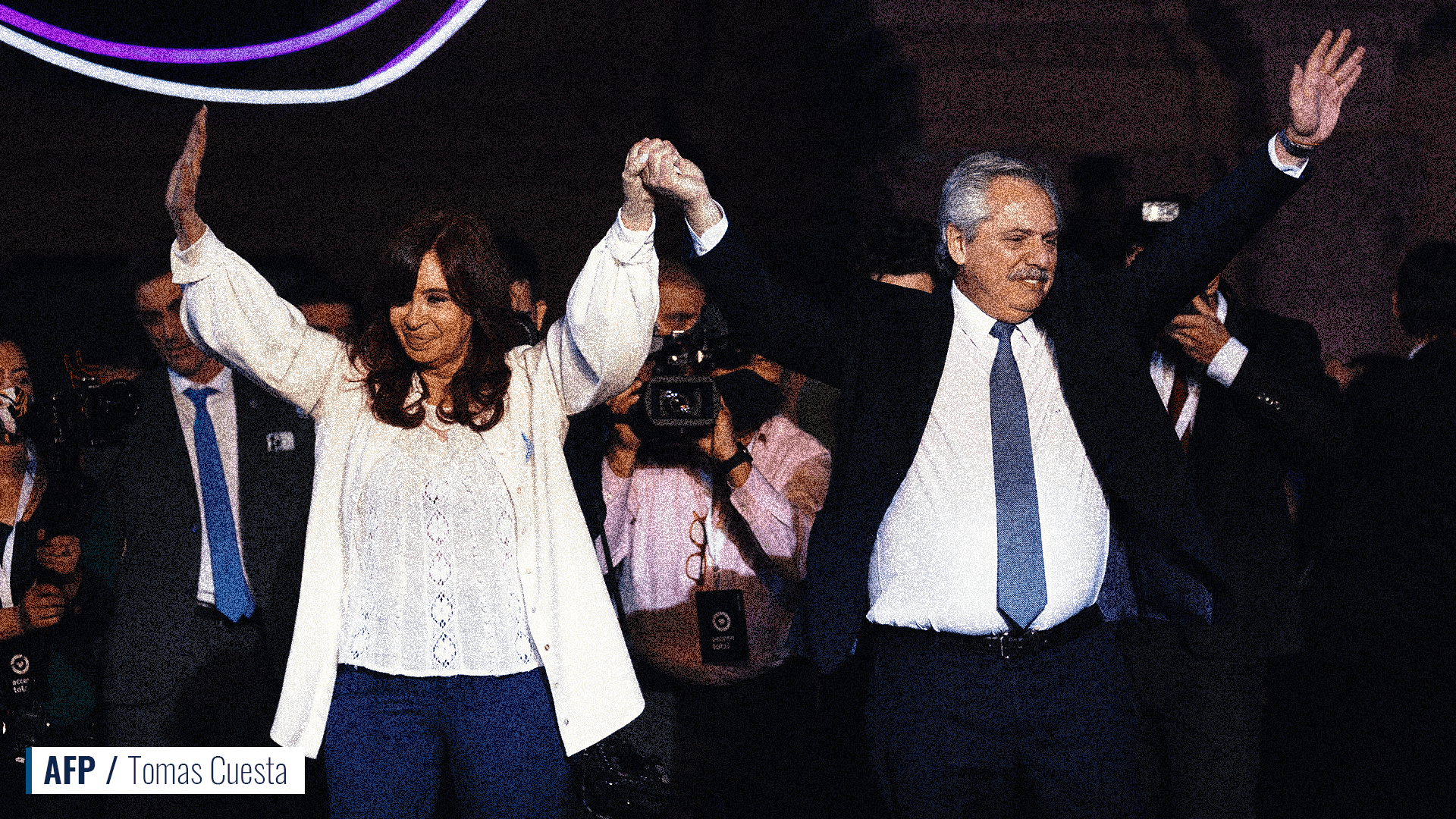
CHILE
The most recent addition to Latin America’s left is the youthful Chilean President Gabriel Boric. The key partner within his Apruebo Dignidad coalition that helped achieve electoral success is the Chilean Communist Party and its influential leader Guillermo Tellier del Vale. Less than one month in office, Boric has appointed far left figures to key cabinet positions, although he has also reached out to moderates, and taken public positions against both Russia’s unprovoked invasion of the Ukraine and anti-democratic regimes in Latin America.
Although President Boric named respected Central Bank head Mario Marcel to be finance minister, for defense minister, he has named Maya Fernández Allende, whose grandfather was forced out of power in 1973 by the same Chilean military she is now leading.[33] Ms. Allende, herself, grew up in Cuba with her family.[34]
While the Chilean Congress, currently dominated by the right and center-left, can challenge potential harmful policies of the new Boric government, this may tempt the millennial leader to leverage leverage the ongoing process of changing the constitution to overcome that resistance.[35]
The Constitutional Convention has already demonstrated a radical posture even beyond President Boric’s governing coalition, with policy proposals such as abolishing all existing Chilean government structures and replacing them with a “plurinational assembly.”[36]
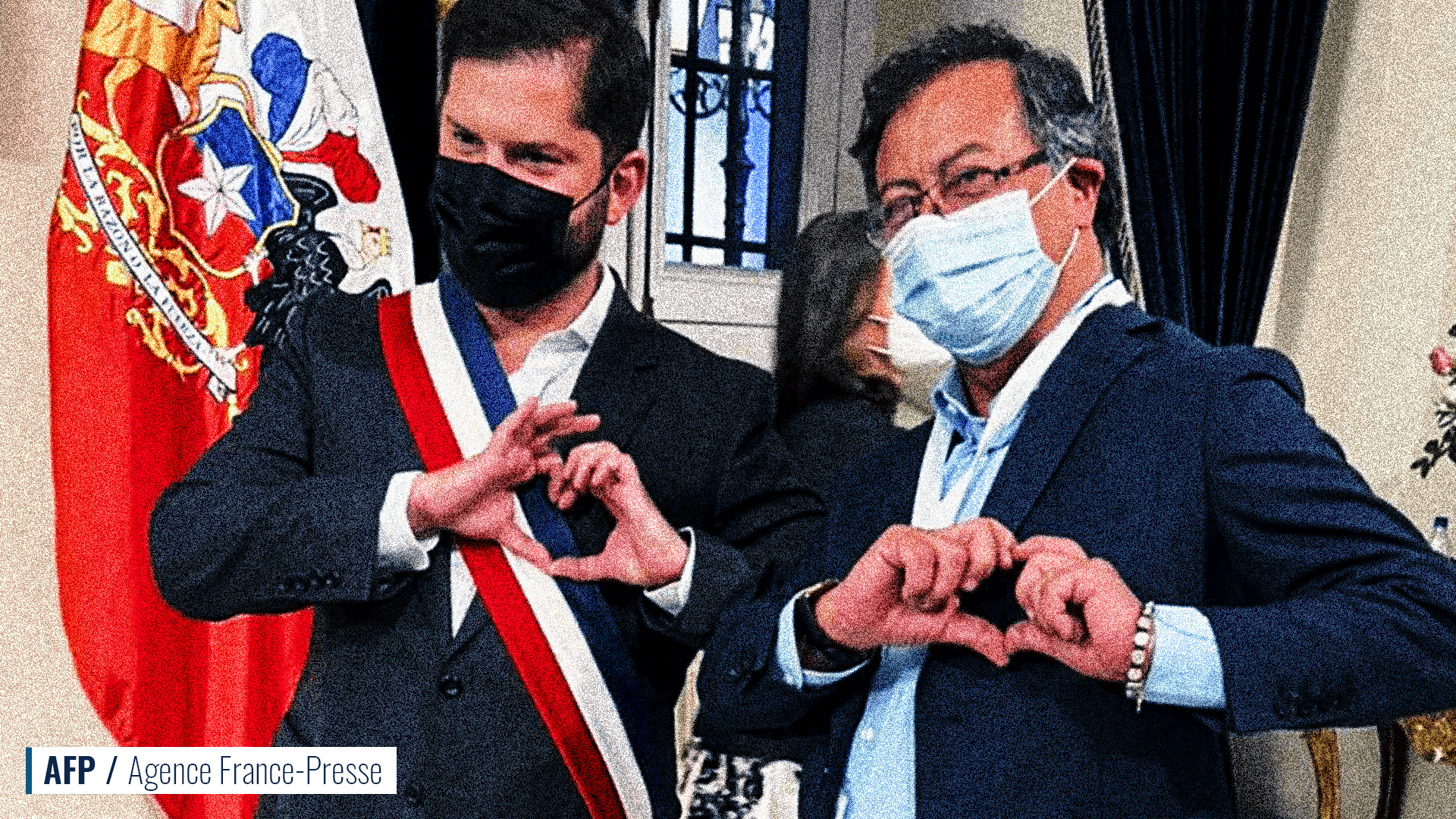
TWO KEY ELECTIONS
Last year’s presidential elections in Latin America saw a clean sweep by the region’s leftist political movements. It was also defined by an anti-incumbent vote that is a worldwide phenomenon prompted by the pandemic. This takes us to arguably the two most important elections in 2022, that of Colombia and Brazil, where the current right-leaning leaders run the risk of losing power to the Latin American left.
In Colombia, the ruling political party, Centro Democrático, lost a significant twenty-one seats in the March 2022 legislative elections. While in Brazil, President Jair Bolsonaro trails in the polls to the former leftist president Lula da Silva.
COLOMBIA
Recent revelations that Russian criminal and intelligence operations in Colombia possibly contributed to last year’s violent street protests, raises the stakes of this year’s presidential elections set to take place on May 29.[37] The current frontrunner, Senator Gustavo Petro, himself a former M-19 guerilla leader, has a sympathetic posture toward the dissidents of the FARC and the ELN.
Senator Petro’s stated intention to end Colombia’s “carbon economy”[38] including oil and coal, which account for a significant portion of the country’s exports, would likely exacerbate an already grave economic and fiscal situation and provide fodder for more social unrest throughout the country.[39]
While it’s too early to tell who will become Colombia’s next president, with principal contender Federico “Fico” Gutiérrez rising in the polls, Petro’s strong finish, and that of his “Historic Pact” coalition in Colombia’s March 2022 primaries and legislative election makes it probable that he could win in May, with enough legislative backing to implement policies that could cause a strong reaction by Colombia’s private sector and conservative politicians.
BRAZIL
The time that former President Luiz Inácio Lula da Silva spent in prison due to his (subsequently suspended) corruption conviction means that his possible victory in Brazil’s October 2022 presidential election could make him far more disposed to adopt a radical left posture than during his 2003-2010 prior period in office, although his victory is not guaranteed.[40]
Some believe he would pursue a moderate course similar to that of his prior time in office.[41] On the other hand, like Michelle Bachelet in Chile during her second period in office, Lula’s age (currently 76) means that this will likely be his last period as president, tempting him to pursue an agenda more consistent with his posture in the 1980s and 1990s when he was a proud socialist calling on Brazil to default on its foreign debt.[42]
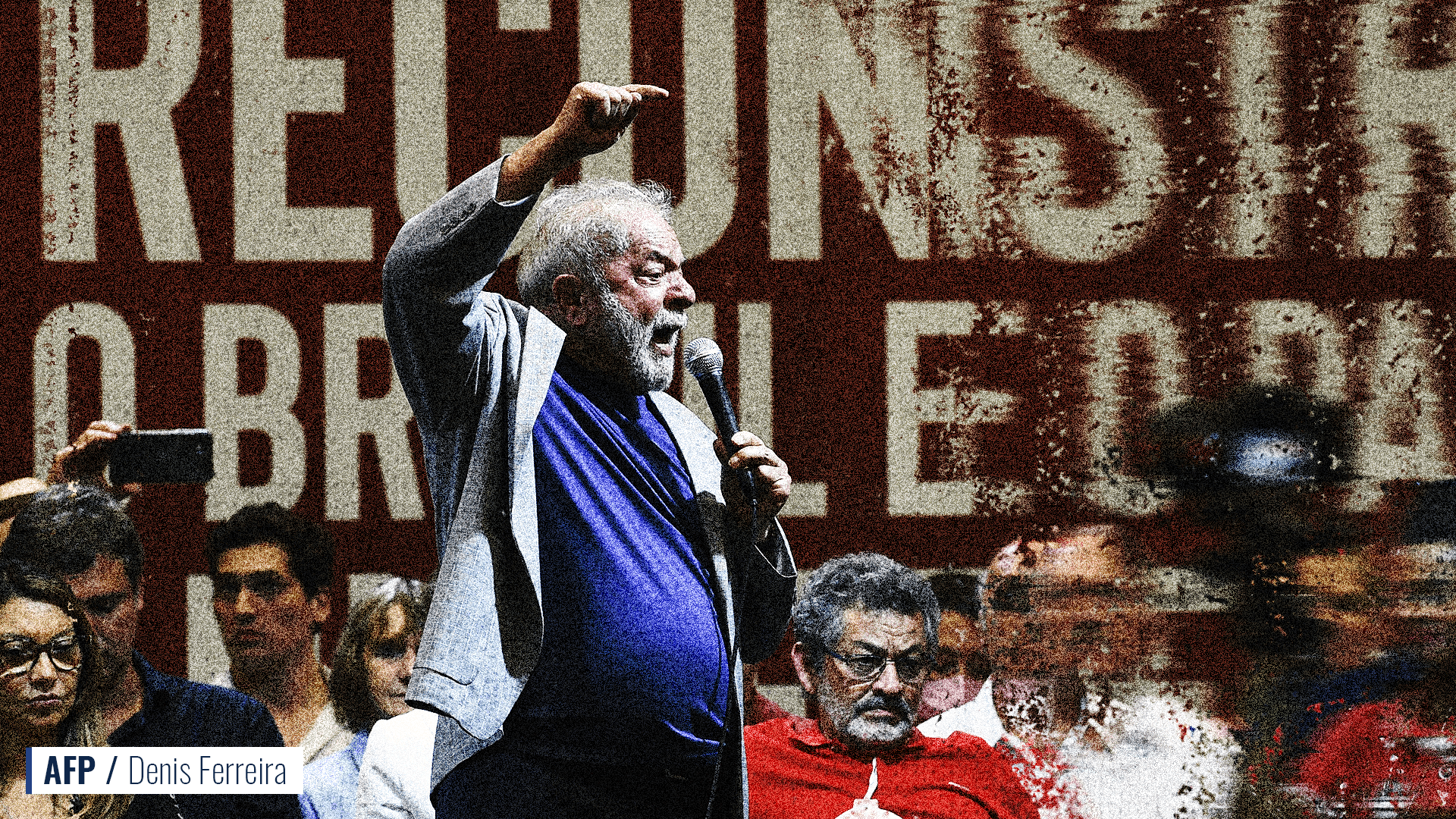
The weakening position of Brazil’s pragmatic centrist parties (the “Centrão”) driven by the nation’s polarization, or the potential cooptation of some as pragmatic dealmakers, will likely eliminate another force for moderation if Lula regains power and tempt his Workers Party into a fight to dominate executive and judicial institutions, rather than compromise, to implement a radical leftist agenda.[44]
IMPLICATIONS FOR THE UNITED STATES
The political panorama in Latin America is all the more important when considering the geopolitical scenario and current global events. None more pressing than the ongoing war between Russia and Ukraine. Russia has been encroaching on Latin America for several decades, shoring up allies throughout the region. It is now turning to these allies as the conflict intensifies in Ukraine.
On February 25, the Organization of American States (OAS) put out a declaration condemning the Russian attack on Ukraine and calling on Russia to cease its hostilities.[45] Notably missing from support of the OAS resolution was Bolivia, Brazil, El Salvador, Honduras, St. Vincent and Grenadines, and Nicaragua, highlighting how the changing political composition of Latin America and the decline of democratic governments has impaired multilateral and multidimensional security.
Less than a week later, some of these same countries abstained from an important vote in the United Nations to condemn Russia’s invasion of Ukraine.
The Biden administration’s focus[46] with Latin America on the issues of human rights, anti-corruption, climate change, sustainable development, and social justice is not inherently wrong.[47] Yet, it’s important for the administration to develop a regional strategy based on balance while carefully thinking through U.S. strategic interests in Latin America vis-à-vis our near peer adversaries, Russia and China.
Two key considerations should shape those tradeoffs:
- The Biden administration must not confuse respect for the sovereignty of its partners in Latin America, or its sympathy with their political agenda, with turning a blind eye to the dangerous autocratic minority within each leftist Latin American government that would polarize, paralyze, or hijack the region’s democratic institutions for their own often malevolent ends.
- The Biden administration must also think strategically with respect to how it pressures its partners, particularly when such interference politically undercuts friends of the United States, who, however imperfect, are critical to regional peace and stability. The risks of bringing to power those in the region more disposed to pursue policies that move away from democracy and cooperation with the United States and open the door to malign types of cooperation with extra-hemispheric American rivals, is greater than specific differences with any particular government in Latin America.
NOTES
- “UN General Assembly votes to suspend Russia from the Human Rights Council,” UN News, April 7, 2022.
- Ernesto Londoño, Julie Turkewitz and Flávia Milhorance, “Leftists Are Ascendant in Latin America as Key Elections Loom,” New York Times, January 4, 2022.
- “Statement by President Joseph R. Biden, Jr. on Continuing Crackdown in Cuba,” The White House, July 22, 2021.
- “Summit for Democracy Summary of Proceedings,” The White House, December 23, 2021.
- “Statement by President Joseph R. Biden, Jr. on Nicaragua’s Sham Elections,” The White House, November 7, 2021.
- Benjamin N. Gedan and Richard E. Feinberg, “Latin America’s Leftists Aren’t Who You Think,” Foreign Policy, January 31, 2022.
- Zolan Kanno-Youngs and Natalie Kitroeff, “Harris Seeks Ally in Honduras as She Revisits Central America,” New York Times, January 29, 2022.
- Carlos Caicedo, Jeremy Smith, and Rafael Amiel, Ph.D., “Emerging risks in Latin America in 2022,” S&P Global, January 5, 2022.
- Vargas Llosa: “Colombia está entre los ojos de Maduro y es una de sus víctimas,” Noticias RCN, February 1, 2022.
- Alvaro Vargas Llosa, “The Return of Latin America’s Hard Left,” Independent Institute, December 28, 2021.
- “AMLO’s decree to shield megaprojects ‘an act of desperation’?,” Mexico News Daily, November 29, 2021.
- Adriana Barrera, “Mexico Energy Bill Poses Investment Risk, Top U.S. Lobby Says,” Reuters, February 8, 2022.
- David Blackmon, “Mexico Moves To Re-Nationalize Energy Markets – A Return To 1938?,” Forbes, October 28, 2021.
- Kirk Semple and Oscar Lopez, “Mexico Set to Reshape Power Sector to Favor the State,” New York Times, March 7, 2021.
- Pedro Domínguez and Pilar Juárez, “México analiza nacionalizar el litio, informa AMLO,” Milenio, March 3, 2021.
- Mary Beth Sheridan, “López Obrador lashes out at DEA after Mexico exonerates ex-minister on drug charges,” The Washington Post, January 15, 2021.
- Pedro Domínguez, “Revelan carta de mamá de ‘El Chapo’ a AMLO: ‘tengo más de 5 años sin ver a mi hijo’,” Milenio, March 20, 2020.
- “Honduras does not need a Constituent Assembly, says Salvador Nasralla, Xiomara Castro’s running mate,” CNN en Español, November 29, 2021.
- “Mel Zelaya salpicado entre quienes recibieron financiación del régimen chavista,” El Heraldo, October 19, 2021.
- “Congreso Nacional sesiona con todos los diputados de Libre, liberales y nacionalistas,” La Prensa, February 8, 2022.
- “EE.UU. quiere ayudar a Honduras a combatir la corrupción y el narcotráfico, dice congresista,” CNN en Español, January 28, 2022.
- “El porqué cada vez más países les cierran las puertas a los venezolanos,” El Tiempo, February 9, 2022.
- “Pedro Castillo sobre Cerrón: No le debo nada a nadie, tampoco él me debe’,” El Comercio, January 24, 2022.
- “Vladimir Cerrón: ‘¡Castillo, no renuncie!, póngale identidad política al Gabinete’,” El Comercio, February 6, 2022.
- Marco Aquino, “Peru’s Castillo survives impeachment vote in Congress,” Reuters, March 29, 2022.
- Gideon Long, “Is Peru becoming an ungovernable country?” Financial Times, March 27, 2022.
- Martín Dinatale, “El plan moderado que se fijó Alberto Fernández para su programa de política exterior,” Infobae, August 13, 2019.
- “El cambio de gabinete en Argentina por la presión de Cristina Fernández,” El Diario, September 18, 2021.
- “Alberto Fernández ofrece a Putin que Argentina sea la “puerta de entrada” de Rusia a América Latina,” El Español, February 4, 2022.
- Evan Ellis, “La mágica odisea de Alberto Fernández a Rusia y Argentina,” Infobae, February 7, 2022.
- Catherine Osborn, “Argentina and Ecuador Choose Business Over Boycotts in Beijing,” Foreign Policy, February 4, 2022.
- Andrés Klipphan, “Jueces y fiscales en la mira del Gobierno observan con preocupación su futuro,” Infobae, August 1, 2020.
- Meritxell Freixas, “Maya Fernández, ministra de Defensa, nieta de Salvador Allende y símbolo del nuevo Chile,” El Diario, January 29, 2022.
- Ibid.
- Rocío Montes, “La derecha alcanza la mayor representación en el Senado chileno desde el regreso de la democracia,” El Pais, November 22, 2021.
- “Convencional Rivera presenta iniciativa que busca disolver los poderes del Estado y en su reemplazo crear una ‘Asamblea Plurinacional’,” El Mostrador, February 9, 2022.
- “Ciudadanos rusos estarían financiando protestas en Bogotá y querrían incidir en las elecciones de Colombia,” Infobae, March 26, 2022.
- “Gustavo Petro insiste en que hay que acabar con la exploración de petróleo en Colombia,” Infobae, October 22, 2021.
- Andrea Jaramillo and Oscar Medina, “Colombia Presidential Favorite Gustavo Petro Wants to Form a Global Anti-Oil Bloc,” Time, January 14, 2022.
- “Brazil’s ex-president released from prison after court ruling that could free thousands,” NBC News, November 8, 2019.
- Thomas Traumann, “Lula Is Back. But Which Lula?,” Americas Quarterly, July 7, 2021.
- Ibid.
- “Lula says reducing poverty is Brazil’s priority, not fiscal containment,” Reuters, January 19, 2022.
- Oliver Stuenkel, “Brazil’s Polarization and Democratic Risks,” Carnegie Endowment for International Peace, February 17, 2021.
- Bradley A. Freden, “OAS Resolution Condemns Russia’s Continued War Against Ukraine,” U.S. Mission to theOrganization of American States, March 25, 2022.
- “Hearing: The Biden Administration’s Policy Priorities for Latin America and the Caribbean,” Subcommittee on Western Hemisphere, Civilian Security, Migration and International Economic Policy, November 16, 2021.
- “Biden’s First Year Policies toward Latin America,” WOLA, January 18, 2022.



